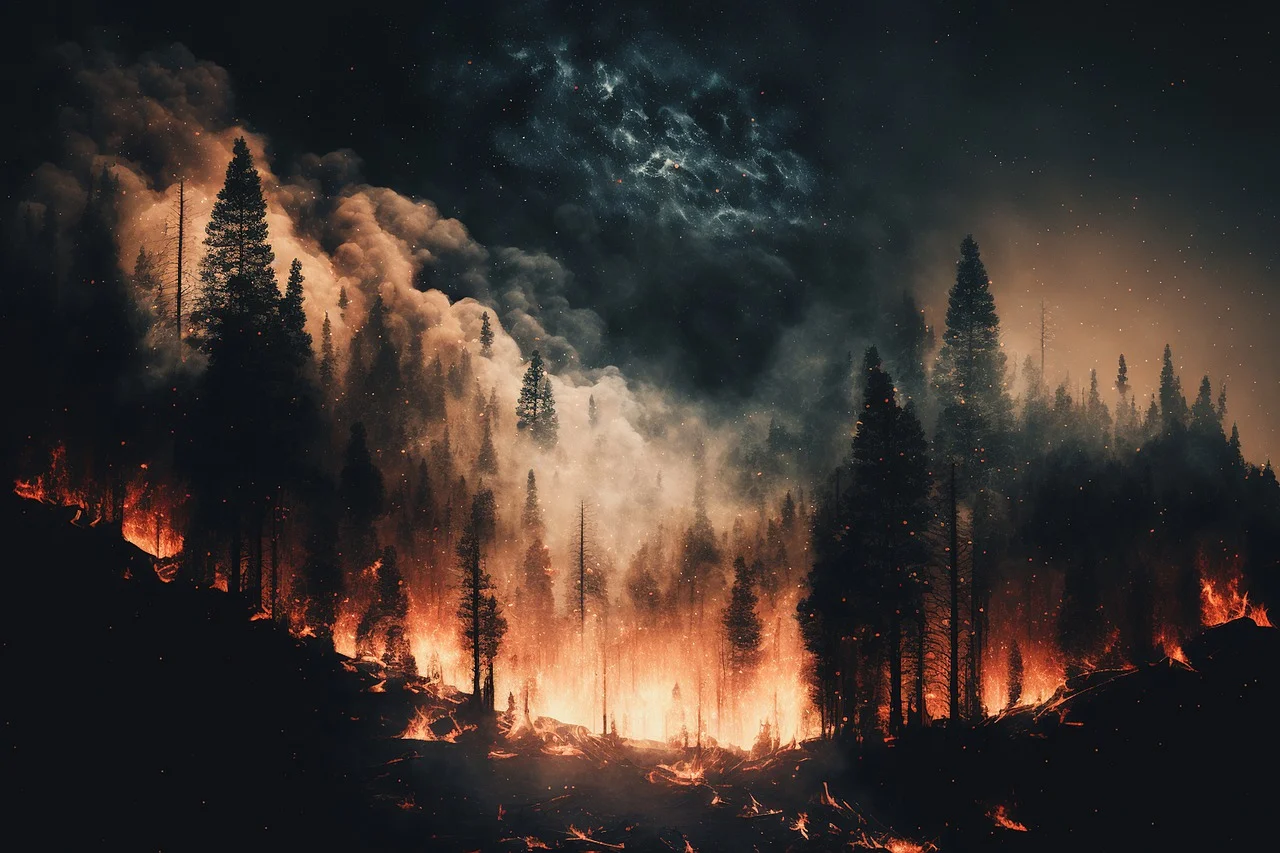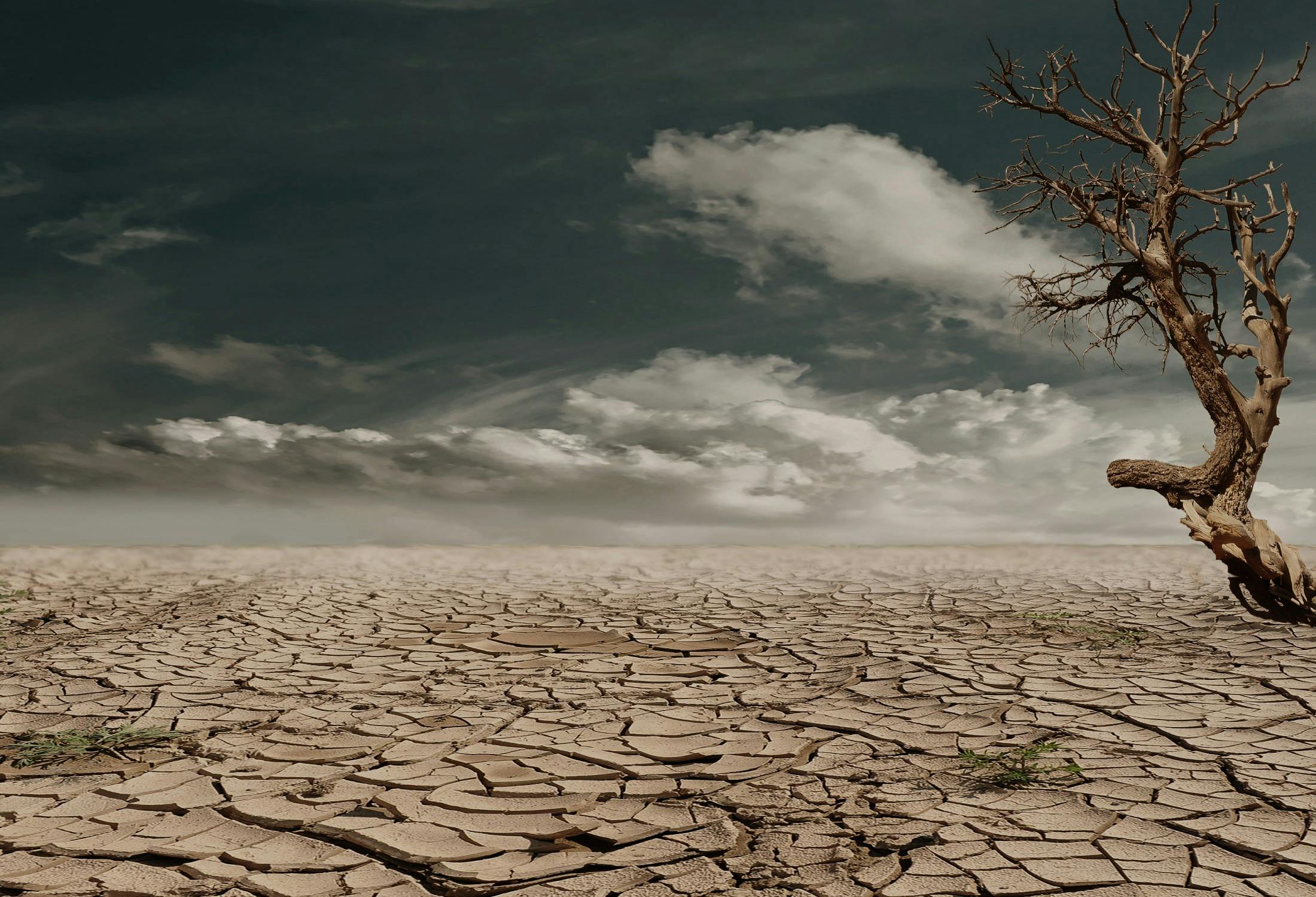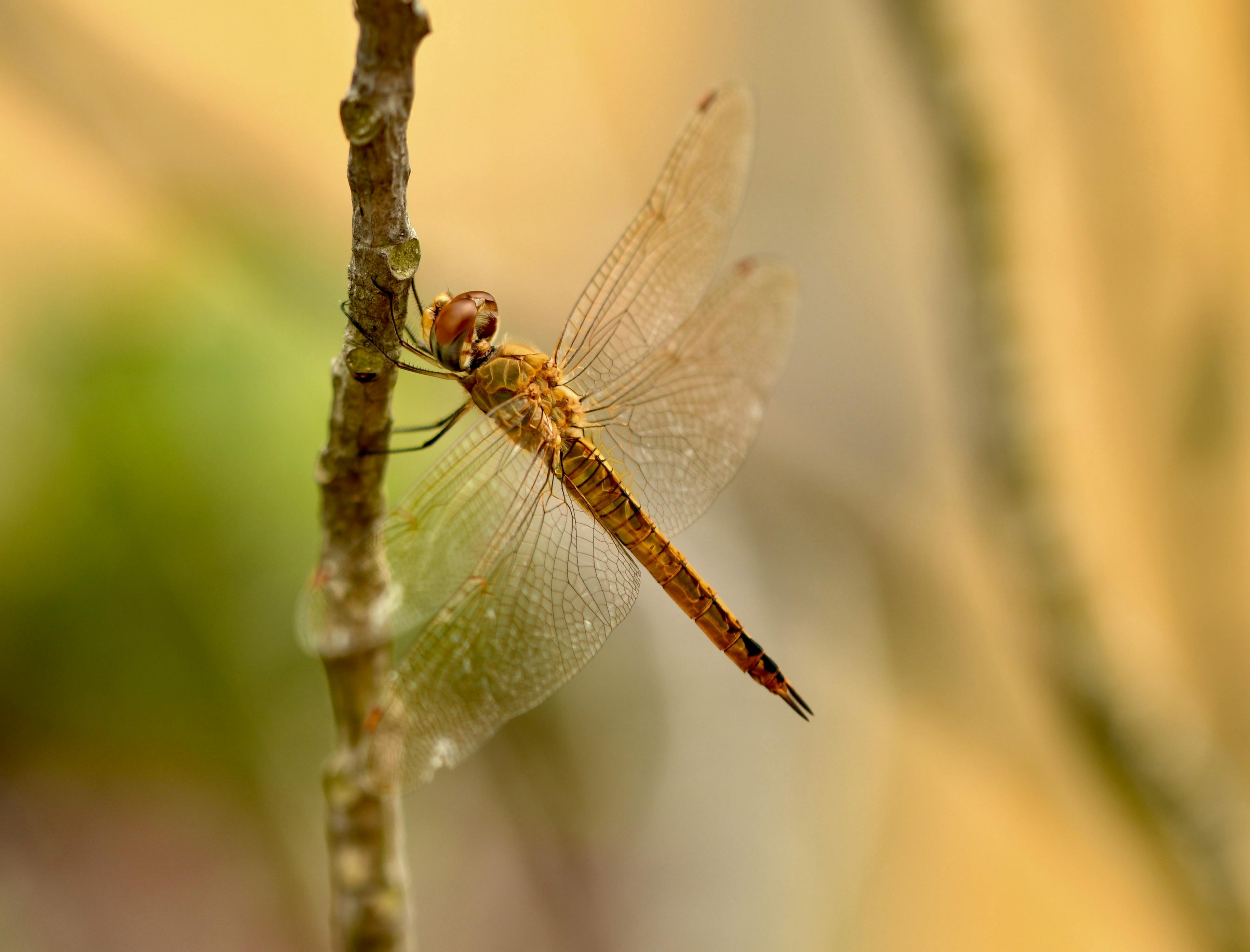Introduction to wildfires

Wildfires, also known as forest fires, bushfires, or wildland fires, depending on the region, are natural phenomena that play a crucial role in the ecology of many environments. They are primarily uncontrolled fires that spread across forested or grassland regions, driven by a combination of factors including weather, topography, and available fuel. In their natural cycle, wildfires help to clean the forest floor of dead materials, release valuable nutrients back into the soil, and trigger the germination of certain plant species, thereby promoting biodiversity. However, the nature of wildfires has dramatically shifted in recent decades. Human activities have not only contributed to the conditions that make lands more susceptible to fires but have also led to changes in the climate that exacerbate the frequency, intensity, and geographic spread of these events. This evolving dynamic poses significant challenges for ecosystem sustainability, human safety, and property. As we delve deeper into the subject, we'll explore how the intricate balance maintained by natural wildfires is being tipped towards more destructive and less predictable patterns by human influence, particularly through the lens of climate change. This change signals a critical need for understanding, preparedness, and action to mitigate impacts and adapt to a changing world where wildfires are becoming a more prominent and challenging feature.
What causes wildfires
As wildfires continue to ravage landscapes worldwide, it's imperative to recognize the profound impact of human activities and climate change on the increasing frequency and intensity of these infernos. From accidental ignitions to altering environmental conditions, human actions and climate change are powerful contributors to the wildfire crisis gripping our planet. Human activities play a significant role in sparking wildfires. Careless behaviors such as unattended campfires, discarded cigarettes, and burning debris can swiftly escalate into catastrophic blazes. Additionally, equipment malfunctions, industrial activities, and even deliberate arson further compound the risk. These human-induced ignitions not only endanger lives and property but also strain firefighting resources and devastate ecosystems.

However, it's not just direct human actions that fan the flames of wildfires; our influence extends deeper into the environmental landscape. Climate change, driven primarily by human-induced greenhouse gas emissions, exacerbates the conditions conducive to wildfires. Rising temperatures create drier, more parched landscapes, increasing the likelihood of ignition and the spread of wildfires. Drought, a hallmark of climate change, parches the earth and desiccates vegetation, transforming forests and grasslands into tinderboxes waiting to ignite. Furthermore, shifts in precipitation patterns and altered vegetation dynamics further fuel the fire crisis. Insect infestations, fueled by warmer temperatures, weaken and kill trees, leaving behind vast expanses of dead, dry biomass ripe for combustion. Climate change also extends the wildfire season, compressing the window for fire management and increasing the duration and intensity of wildfires. Extreme weather events, another consequence of climate change, bring lightning strikes and intense storms that can ignite and exacerbate wildfires. As we confront the escalating wildfire crisis, it's imperative to address both the direct and indirect human impacts fueling these infernos. Implementing stringent fire safety regulations, promoting responsible land management practices, and investing in wildfire prevention and mitigation efforts are crucial steps. Moreover, tackling climate change through ambitious mitigation measures and adaptive strategies is paramount in curbing the worsening wildfire threat. In essence, understanding the intricate interplay between human activities, natural processes, and climate change is essential for mitigating the wildfire crisis. By acknowledging our role in shaping the fire-prone landscapes we inhabit and taking decisive action, we can forge a path towards a future where wildfires are less frequent, less severe, and less destructive.
Understanding impact of climate changes
-
 Increased temperatureRising global temperatures lead to hotter and drier conditions, which can increase the likelihood of wildfires. Higher temperatures can also result in more frequent and prolonged heatwaves, further drying out vegetation.
Increased temperatureRising global temperatures lead to hotter and drier conditions, which can increase the likelihood of wildfires. Higher temperatures can also result in more frequent and prolonged heatwaves, further drying out vegetation. -
 DroughtClimate change can alter precipitation patterns, leading to more frequent and severe droughts in some regions. Drier conditions can cause vegetation to become more susceptible to ignition and increase the availability of fuel for wildfires.
DroughtClimate change can alter precipitation patterns, leading to more frequent and severe droughts in some regions. Drier conditions can cause vegetation to become more susceptible to ignition and increase the availability of fuel for wildfires. Changes in VegetationClimate change can impact the distribution and composition of vegetation. In some areas, drought stress and warmer temperatures may lead to the die-off of trees and other plants, creating additional fuel for wildfires. Shifts in vegetation patterns can also alter fire regimes and the spread of wildfires.
Changes in VegetationClimate change can impact the distribution and composition of vegetation. In some areas, drought stress and warmer temperatures may lead to the die-off of trees and other plants, creating additional fuel for wildfires. Shifts in vegetation patterns can also alter fire regimes and the spread of wildfires. Insect InfestationsClimate change can influence the population dynamics of insects, such as bark beetles,which can kill trees and increase the prevalence of dead, dry vegetation. This dead biomass can serve as fuel for wildfires.
Insect InfestationsClimate change can influence the population dynamics of insects, such as bark beetles,which can kill trees and increase the prevalence of dead, dry vegetation. This dead biomass can serve as fuel for wildfires. Extreme Weather EventsClimate change is associated with an increase in extreme weather events, such as intense storms and lightning strikes. These events can ignite wildfires or create conditions conducive to their spread.
Extreme Weather EventsClimate change is associated with an increase in extreme weather events, such as intense storms and lightning strikes. These events can ignite wildfires or create conditions conducive to their spread. Longer Fire SeasonsWarmer temperatures and drier conditions can extend the wildfire season, allowing wildfires to occur earlier in the spring and later into the fall.
Longer Fire SeasonsWarmer temperatures and drier conditions can extend the wildfire season, allowing wildfires to occur earlier in the spring and later into the fall.Summary
Overall, climate change amplifies the natural variability of weather patterns and exacerbates the conditions that contribute to wildfires. Addressing climate change through mitigation efforts, such as reducing greenhouse gas emissions, and adaptation strategies, such as implementing wildfire management practices, is crucial for mitigating the risks associated with wildfires in a changing climate.